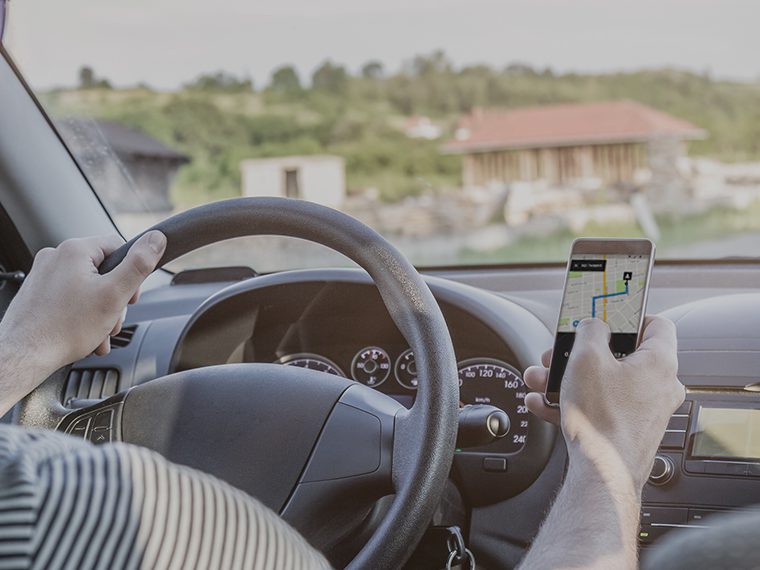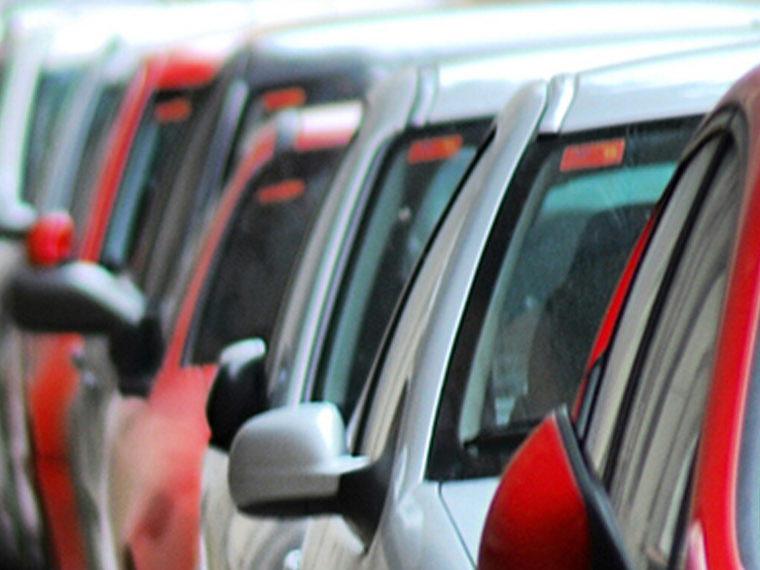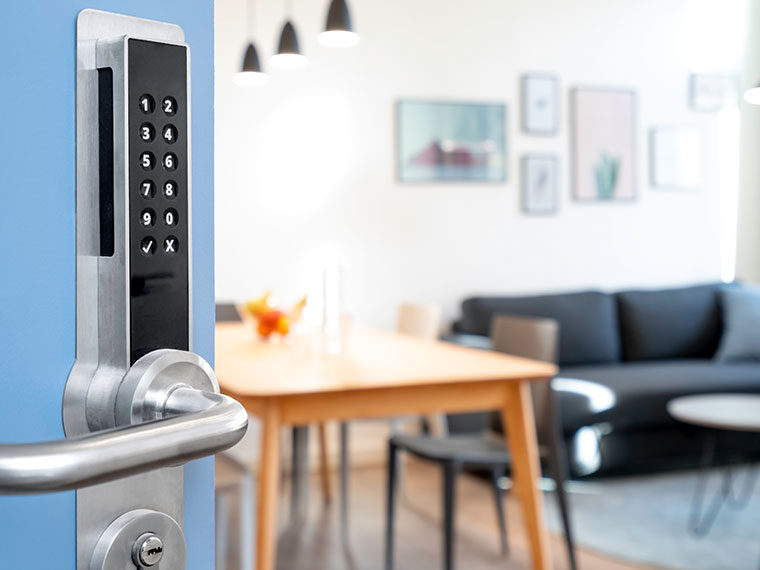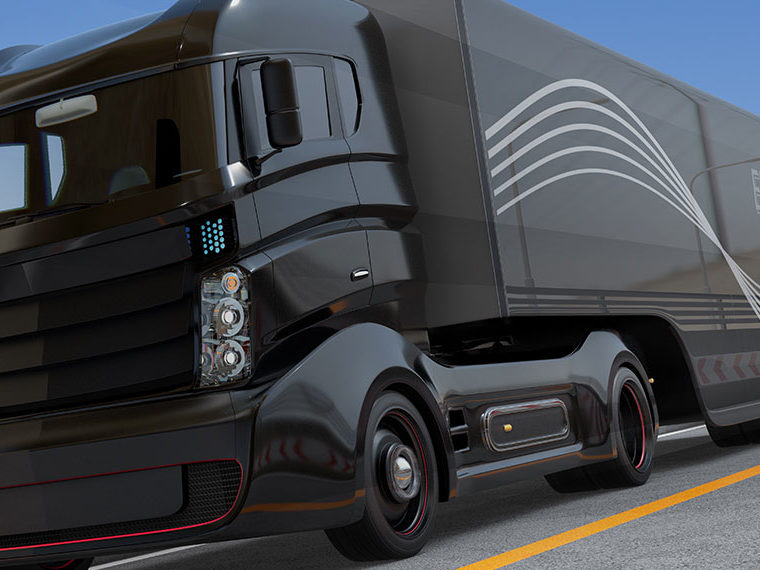Research seeks to predict how time-based price discrimination might spread
The ability of many businesses to charge premium prices during peak demand is obvious to anyone who has taken Uber during a rainy rush hour, booked a flight for the Tuesday before Thanksgiving, or reserved a hotel room during Super Bowl weekend.
Time-based pricing is now gaining a foothold in a wider swath of business and society. London imposes a “congestion charge” for vehicles in the city’s center during the weekday and some toll roads and bridges feature variable (surge) pricing. Disney uses it to price admission at its theme parks. At brick-and-mortar retailers, printed prices are giving way to electronic shelf pricing that enables intra-day price changes. Three U.K. supermarkets have announced plans to use the technology to roll out surge pricing.
The ability to surge price doesn’t ensure utility, however. Misread a customer’s loyalty — especially in the face of competition — and the extra revenue from customers impervious to higher pricing can be undermined if enough price-sensitive customers take their business elsewhere.
Opt In to the Review Monthly Email Update.
UCLA Anderson’s Christopher S. Tang and Onesun Steve Yoo of University College, London, constructed a model to explore the circumstances best suited to surge pricing. They focused on essential consumer needs (food, transportation) whose purchase can’t be indefinitely delayed and applied time-based pricing for peak and non-peak periods, with the assumption that the consumer will not patiently suffer through periods of high congestion.
Their model looked at the interplay of product pricing, and how consumer preferences to shop at specific times of day (peak versus non-peak) and stomach congestion (long lines when stores are slammed) drive the ability to successfully surge price. They also factored in whether consumers have an implicit “loyalty” to one store over another.
Related Reading
Sushil Bikhchandani’s model analyzes incentives underlying Uber’s surge-pricing schemes
The model confirms that “peak load pricing is always optimal” in scenarios where the consumer has store loyalty — as in the case of businesses with utility-like monopolies. Absent competition, the additional revenue captured from the subset of captive customers willing to pay the peak rate to avoid congestion is a risk-free revenue boost. In fact, surge pricing effectively makes the peak period more attractive for that subset, as there is likely to be less congestion when price-sensitive shoppers shift to off-peak periods.
When competition exists, determining the feasibility of surge pricing requires an analysis of disparate factors. A business would need to gauge customer aversion to congestion (willingness to pay a premium during peak), and whether there is a distinguishable price and value proposition for its business. If consumers aren’t congestion-averse and another store has similar price and value propositions, the research suggests neither business will surge. Amid high congestion aversion, both will surge.
In situations where customers have only “time loyalty” (“I need to eat now, but am not beholden to where I do it”) surge pricing is only going to work if stores are sure there are customers who will pay up to avoid congestion — and if there’s something that sets a particular business apart from the competition, say, the level of service.
When customers have freedom to choose (for example, when competitive supermarkets line the same busy street) and aren’t time-constrained, surge pricing is not going to be standard operating procedure — as long as the stores offer essentially the same stuff at the same price with the same level of service, and shoppers aren’t averse to waiting for a better (non-peak-priced) time to shop. If an impatient (time-loyal) clientele wants to shop when it wants to shop, competing stores may all surge.
Featured Faculty
-
Christopher Tang
UCLA Distinguished Professor; Edward W. Carter Chair in Business Administration; Senior Associate Dean, Global Initiatives; Faculty Director, Center for Global Management
About the Research
Tang, C.S., Yoo, S. (2017). Peak Period Pricing Strategies in the Presence of Customer Impatience and Store and Time Flexibility.




